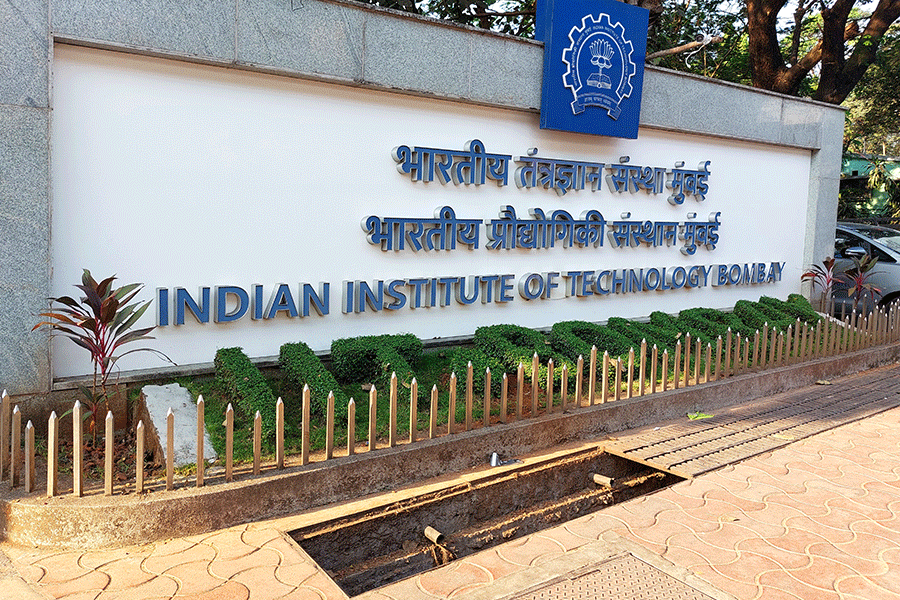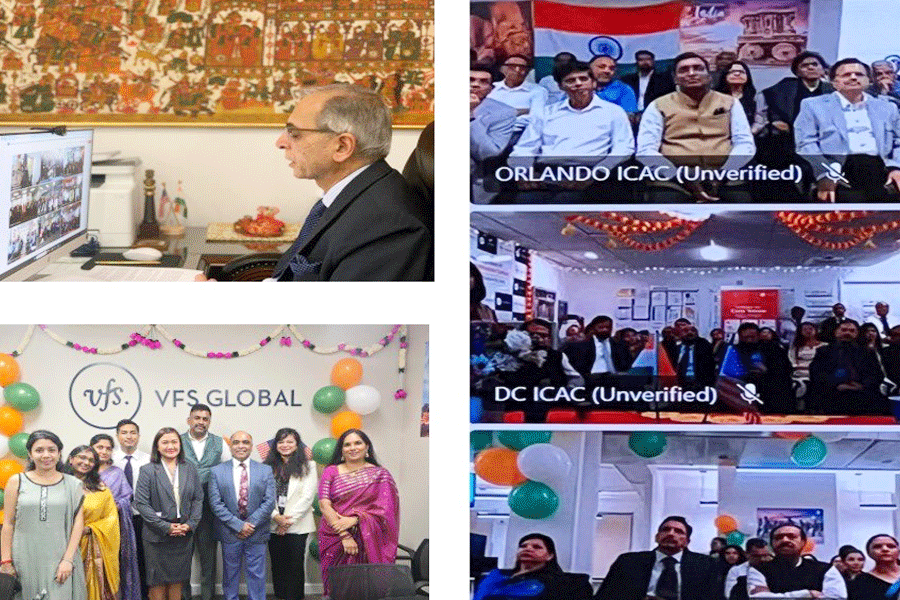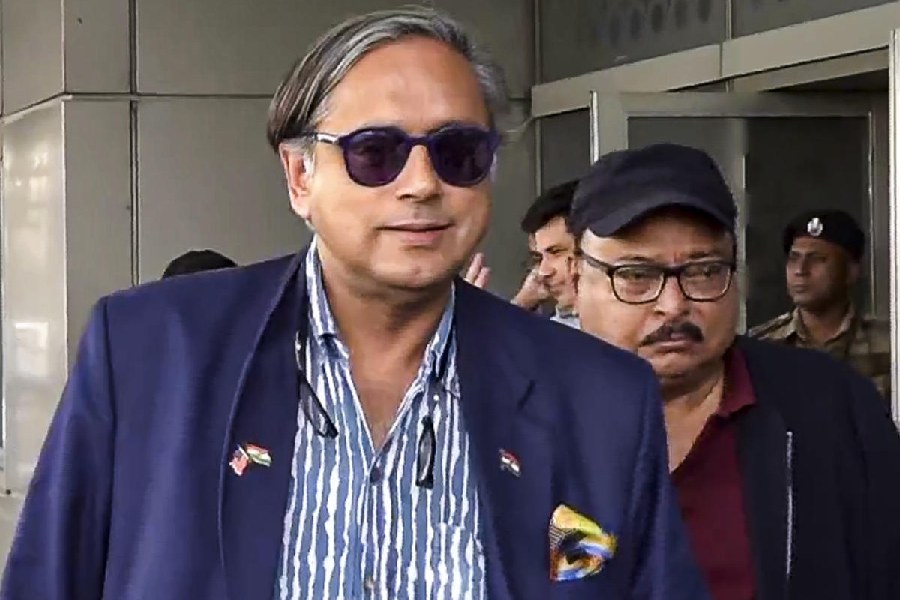 |
| Nandana Dev Sen on being a devdasi |
Nandana Sen is in Cannes to promote Ketan Mehta’s new film, Colours of Passion (Rang Rasiya), in which she plays the painter Raja Ravi Varma’s muse, Sugandha. Judging from brief clips shown at a Cannes party on Tuesday evening (as is the way with Cannes, the event clashed with Dev Anand’s appearance at a screening of Guide in the classics section of the film festival), it is a lush and sensuous film with several love scenes between the great 19th century artist, played by the Mumbai actor Randeep Hooda, and his muse.
It comes as a surprise to learn that while this is Dev Anand’s first Cannes, it is Nandana’s second. She was at Cannes in 1998 when her debut movie, Gudiya, made in Hindi, was the opening film in the Un Certain Regard category. She was a student in Boston at the time and had taken a term off to do the film. After walking the red carpet in Cannes as the only representative of the film, a slightly gawky Bengali girl wearing her mother’s sari, she returned to her studies.
Despite being picked for Cannes, the film was never released, she says sadly. Nandana has been doing films for a while — she had a small part as Rani Mukerji’s younger sister in Black but the Colours of Passion could be the break that launches Amartya Sen’s daughter into the cinematic big league.
Is she her father’s daughter? I am my mother's daughter as well, she responds. She says she is very close but in different ways to both her father, who has shifted back to Harvard after six years as Master of Trinity College, Cambridge, and her mother, the academic Nabanita Dev Sen, Amartya Sen’s first wife, who lives in Calcutta. “I know that sounds like a politically correct answer but I did grow up more with mum,” she points out. “There are things I would discuss with her that I would not normally know how to approach with my dad and vice versa.”
 |
| Nandana Sen with Randeep Hooda in Colours of Passion |
Since she is a full-time actress who lives in New York and Mumbai, she is very much a cosmopolitan Indian woman. In that sense, it is not fair to define her as her father’s daughter but he does happen to be a Nobel Prize-winning economist with a high profile in India, the UK and the US, countries which have all had cultural influences in the making of Nandana. She was born in Calcutta, but her childhood was spent in London. In her teens she moved to Boston to study literature and creative writing. She laughs: “Yes, I write; I have to write, I am a Bengali.” Sometimes it is bad poetry in Bengali that she attempts. “I am a kind of poetry junky.”
Given her itinerant lifestyle, can she feel Indian or Bengali to be more specific? The answer, she says, is yes to both. “I am very rooted in India but in terms of the cities I feel closest to, they are Calcutta and New York.” It is a pity, then, she was not cast instead of Tabu in The Namesake which moves backwards and forwards in time between Calcutta and New York. Nandana sighs. “I would have loved to have done that. But I never had a chance to audition for that.”
Instead, she has recently shot a British television adventure series, Sharpes Peril, opposite Sean Bean in which she is cast as — what else — an Indian princess. In the last series, Salman Rushdie’s former wife, Padma Lakshmi, was an evil princess, so they decided that this time they would have a good princess to make up for it. Nandana has also done an Italian film, all magic realism and science fiction combined. The plot sounds weird: “I played a 50-year-old Italian blonde bombshell whose brain is transplanted into the body of an 18-year-old Indian princess.”
Then Colours of Passion fell into her lap. She had first met Ketan when what became The Rising had started life as Kartoos. But somehow the timing was wrong.
“I have been passionate about all the films I have done but I am most passionate about this one.” She is a strong supporter of Ketan’s desire to expose the kind of artistic censorship and intimidation that artists such as M.F. Husain have had to suffer. In that sense, India appears to have moved forward very little from when Raja Ravi Varma was dragged to court and charged with obscenity for painting gods and goddesses.
If the Hindu fundamentalists sense this movie is taking them on, they could retaliate, but Ketan is prepared for any trouble. “I am so proud that Ketan is doing this film,” she says. “Not just Husain saab but everyday you read something or the other (about artistic censorship). I was shooting for eight weeks in Khajuraho for this British series, Sharpes Peril, and seeing its temples made me realise in some ways we have regressed so much.” She goes on: “We were a democracy when the word democracy did not exist and now everyday (there’s controversy) whether some actress should have worn a miniskirt or whether cheerleaders should be wearing the clothes they wear or about a kiss between two people when it is not even a romantic kiss. The whole idea that one person can sit in judgment over the personal freedom of someone else or what movie someone chooses to do makes me feel personal freedom is shrinking.”
When Ketan offered her the role of Sugandha, there was not a moment’s hesitation, says Nandana. She draws attention to a great coincidence. “I have had two life-size reproductions of Ravi Varma paintings, depicting the girl I am playing in the film, in my Bombay apartment. I have always been a huge fan of Ravi Varma but I did not know Ketan was doing this film until he came and asked me to do the film.”
As Nandana describes the personality of Sugandha, it is easy to see why Ketan wanted her. Nandana got books on Ravi Varma and studied the women in his paintings. She also travelled to Baroda to do further research on his works. “There are certain patterns in his women, the way they tilt their hip, the way they look up coquettishly, the way they glance through their eyelashes, the way they play with their hands,” she explains. “There are a lot of beautiful and very evocative, very expressive gestures painted into his women. A lot of my preparation actually came from that.”
To learn about Sugandha’s origins, Nandana also got a couple of books on Devdasis. She is a Devdasi, trained from her childhood to be irresistible. She was sold as a child to a merchant. She is every inch a temptress, and yet although she has trained to give pleasure, she has been denied that herself until Ravi Varma comes into her life. The artist sees her not only as a beautiful young girl but the fact that he sees the face and soul of a goddess in her totally transforms her life. One of the important things about her — and this is representative of Ravi Varma’s art — also is there is something tremendously sensual about Sugandha. But at the same time there is a purity and innocence about her.
The original dialogue was in English, with the Hindi written later, and Nandana admits she had to work on her Hindi. “I speak Hindi very much like a Bengali.” She also practised by wearing a Navwari sari around her Bombay flat. They are three feet longer than normal saris and worn more like dhotis by Marathi women. She had to forget she was a Bengali woman used to wearing saris in quite another manner.
And she continued to consider the nature of the couple’s love. “Sugandha did not think love was possible, Sugandha did not know that she could be seen as anything other than an object of man’s desire,” speculates Nandana. She discloses: “You see the whole relationship between the two (in the movie) — you see them meet, you see them fall in love, you see them make love, you see them separate, you see them come together, it is a love story. Actually, there are Indian movies where you see much more lovemaking than we have shown in our film. The relationship between the two is so passionate that showing how deep their connection was was really a joyous coming together of two souls in every possible way.”
Raja Ravi Varma looked at Sugandha and saw the divine. This got him into trouble for he painted his muse as Draupadi, Sita, Shakuntala, as the apsaras, and as Urvashi and Menaka. This film, says Nandana, is about the clash between divinity and flesh.










